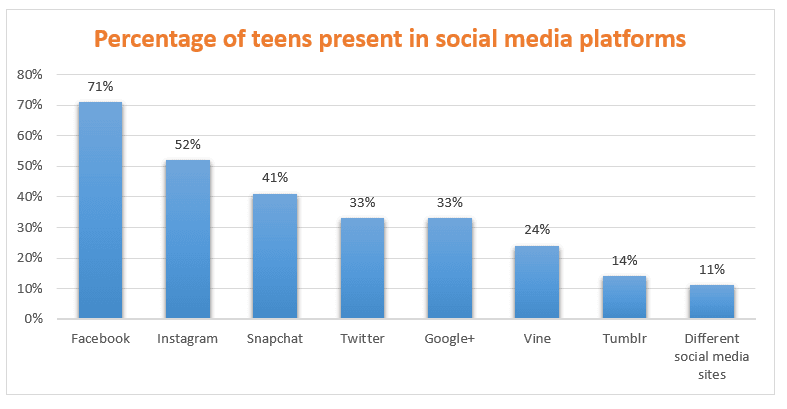Harnessing the Power of Social Media in Education: Enhancing Learning, Collaboration, and Connectivity
Social media in education is the practise of using social media platforms to enhance the education of students. Social media is an intimate part of a large community of teens, increasing the necessity for educational institutes to be present on social media and utilise the features it provides to attract prospective students to their institutes and enhance their education by leveraging the opportunities social media provides to institutes and teachers.
Access sample report (including graphs, charts, and figures):- https://univdatos.com/report/education-erp-market-current-analysis-and-forecast-2021-2027-2/
Due to the COVID pandemic, schools had to find alternate methods to get information out and continue the education of students despite lockdown, which led many to use social media. More than 95% of the schools were communicating important information quickly and effectively through social media. Questions and complaints were answered by schools on social media.
Benefits of social media in education include-
· It allows students to connect with the experts and resources available around the world.
· Facilitates communication and collaboration between classmates. It provides a platform for sharing information and ideas
· Social media is a great tool for crisis prevention due to the increased communication speed.

Trends of Social Media in Schools
Short-Form Video Content– According to research, 93% of marketers gravitate towards visually-driven content. In addition to developing a video content marketing strategy, schools need to feature video content on their social media accounts.
Niches and Nano Influencers– Collaborating with smaller influencers, educational institutes can deliver more authentic content that resonates with niche audiences. It has been shown that smaller influencers achieve double the engagement rate compared with macro influencers. The creation of student ambassador programmes creates authentic conversations about the educational institute, its programs, and other relevant issues.
Application of Social Media in Education
Facebook page to broadcast updates, alerts and stream live lectures– Students can follow the class’s Facebook page, and the instructor can use it to post class updates, share homework assignments, and encourage discussion. These pages are still accessible for students who aren’t active on Facebook.
Instructors can also create Facebook Groups for their classes, both public and private, to stream live lectures, post discussion questions, assign homework, and make class announcements.
Twitter as a message board– Twitter can be used as a discussion board or message board for a class. A Twitter handle can be created for each class. The 280-character limit will encourage students to think critically and communicate effectively and concisely.
It can be used to post reminders for assignment due dates or helpful links to practise quizzes or resources.
Class Blogs for discussions– Blogs can be used as a central location for sharing course syllabus, assignments, updates, and resources. Another use could be assigning students to write short-form writing as a semester- or year-long assignment to improve their critical thinking.
Disadvantage of Social Media in Education
Teens feel the constant need to stay connected to everyone around the world; social media has become addictive. The teens seeking validation from social media are focused on how many likes they have and how popular they become on social media. There is a fierce emphasis on physical appearances on social media compared to intellectual and overall individual development, which has been found to have a serious negative impact on the self-confidence of teens. A 2019 study conducted in the United States found that teens who spent more than 3 hours a day on social media might be at heightened risk for mental health problems.
Conclusion
Social media has proven to be a useful tool for educational institutes to be able to gather data. Valuable knowledge can be obtained by analysing the data, helping in the process of creating better student training strategies. To target the right audience, social media has become an important tool to attract students and connect with them on a more personal level through niche and nano influencers.
It provides a platform for students to learn from and connect with experts in various fields. It facilitates staying up to date with the latest updates and news, collaborating with classmates, and enhancing their own skills in a constantly changing landscape, as well as staying up to date with the necessary skill sets required by the fast-evolving workplace requirements.
The disadvantages of social media shouldn’t be ignored either, while using them for the overall development of students. Its negative consequences on the mental health of the teens, its ability to distract them, and its ability to make them accustomed to living in isolation from the real world need to be examined.
Author: Abhishek Saini
